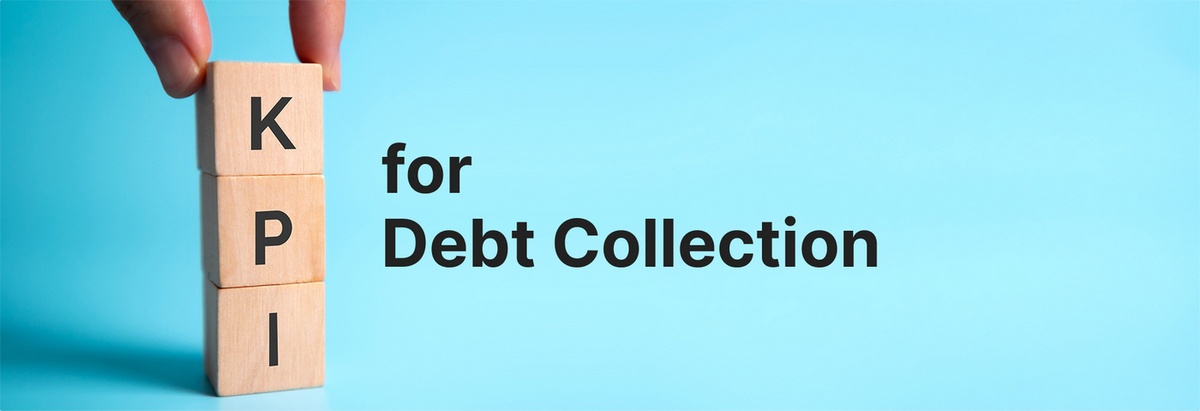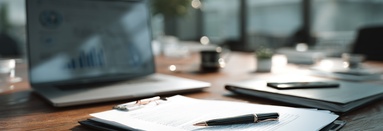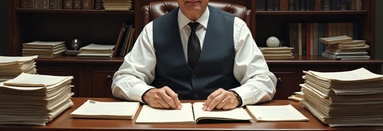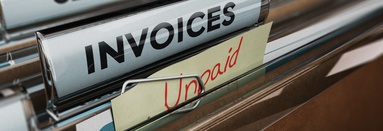Debt collection is a crucial part of any business. As such, it's essential to keep track of your debt collection KPIs. They can help you monitor your financial situation and give you a better idea of how much money is coming into the business.
KPIs for Collection Effectiveness
KPIs are the metrics used to measure and evaluate debt collection processes. They help you to understand how well the business is performing, identify areas for improvement and make decisions about future actions.
Days Sales Outstanding (DSO)
DSO represents the average collection period for accounts receivable. This metric is calculated by dividing 365 (days per year) into the amount of time it takes for a business to receive payment on an account and for that payment to clear out of its bank account.
For example: if you sell products on credit and allow customers 30 days from purchase date before requiring payment in full (plus interest), then your average collection period would be 35 days. Average collection period is generally considered good if it is less than 50 days.
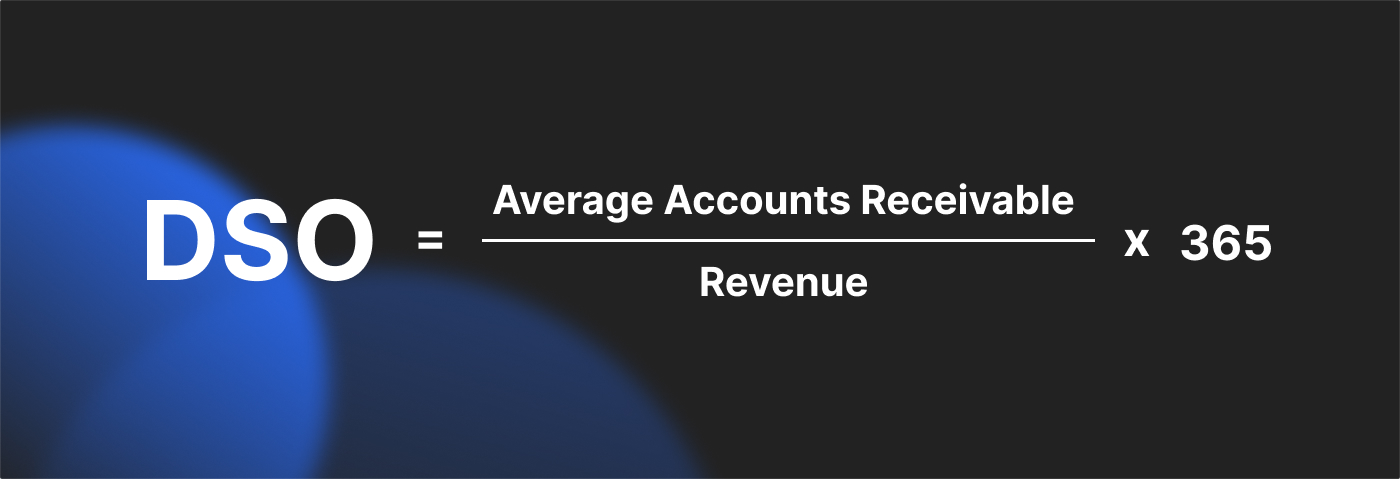
Right Party Contact Rate (RPC)
RPC is a measure of how well you're identifying and approaching the right person when trying to collect unpaid accounts receivable. It's calculated by dividing the number of people contacted who were actually responsible for paying — rather than someone else or not at all — by the number of people reached.
For example, if you contact 50 customers and 25 are responsible for paying their bills but only 12 agree to pay, then your RPC will be 50%. That means half of your efforts were wasted because they could not help with collection efforts.
RPC above 80% (or even 90%) is considered to be high as this will ensure that most calls are effective in getting someone on board with payment plans or other arrangements for paying off the debts quickly and easily.
Collector Effectiveness Index (CEI)
CEI, or collector effectiveness index, is a measure of how well your collectors are performing. It is calculated as the ratio between accounts that have been collected from and the total number of accounts called. There are many reasons why it is important. First, it is a good indicator of how many accounts are being collected per day by collectors. Second, it’s also an indicator of the quality of your collection staff because they should be able to get more accounts paid off in less time.
CEI = Number of accounts collected / Number of accounts called
% of Outbound Calls Resulting in Pledge to Pay (PTP)
The formula for PTP is:
(# of pledges + # of payments) / total calls made.
This gives you a sense of how likely customers are to pay their debt after being contacted.
Key KPIs to consider with this metric include:
- Average Outbound Call Length (# minutes) - The average length of time an agent spends speaking with each person who owes money can be an indication of whether or not they are making progress toward getting them on board with paying their debts off early or not. If agents aren't spending enough time talking with callers before moving forward with any action steps like requesting payment plans or setting up payment arrangements, there may be other issues at play such as poor training or lackadaisical attitudes toward customer service among staff members who answer incoming calls from distressed individuals looking for help.
Profit Per Account (PPA)
PPA is a key metric for measuring performance, and it's also one that can be used to benchmark a company's efforts against those of other companies.
It measures how much profit is made on each account in collection. It takes into account both revenue generated directly from accounts being collected by your team as well as potential additional revenue that could be generated through third-party collections.
Why are Debt Collection KPIs Important?
Debt collection metrics are important indicators of a business' health, performance, and efficiency.
Here's why:
- They provide insight into how well your organization is managing its debt collection process. You can use KPIs to determine if the number of accounts settled each quarter has increased since last year or if there was an increase in how long it took for a customer's first bill at your company to be paid. These metrics tell you whether or not the collection efforts in your company or organization are helping it reach its goals.
- They help keep everyone focused on what matters most at any given time. They help to ensure that everyone knows exactly what they should be working on right now — improving processes and increasing productivity levels across all departments within an organization.
How Can Businesses Use Debt Collection KPIs?
- To determine if your debt collection efforts are successful.
- To find inefficiencies and improve operations.
- To compare your performance against industry benchmarks.
- To monitor your debt collection team's performance by setting goals for them based on these KPIs, and evaluate their progress over time to see how well they're doing.
Conclusion
Debt collection KPIs are important because they help monitor the effectiveness of your efforts to collect outstanding debts. If these metrics do not improve over time or are unsatisfactory, you should identify areas where changes and adjustments are needed.
